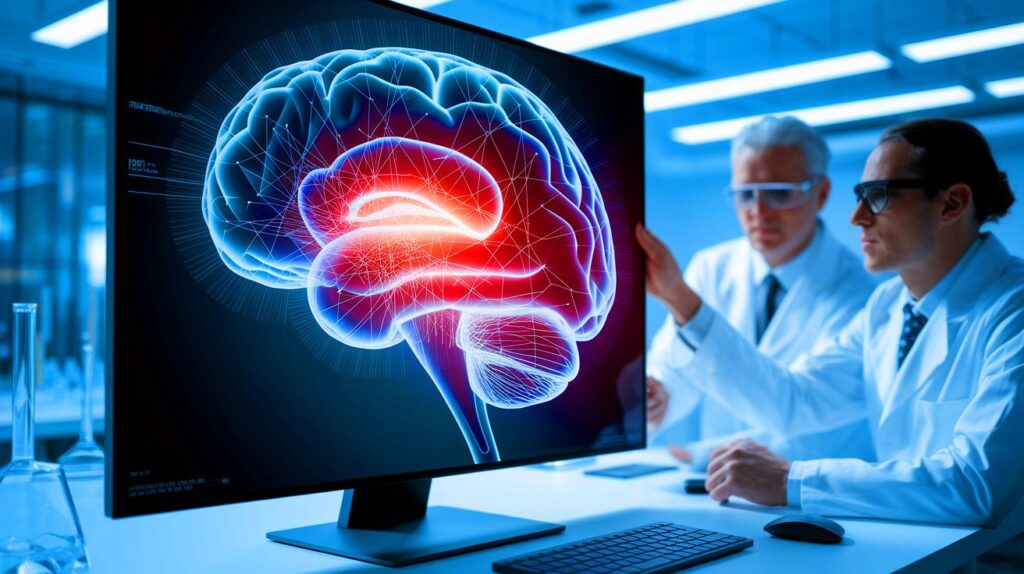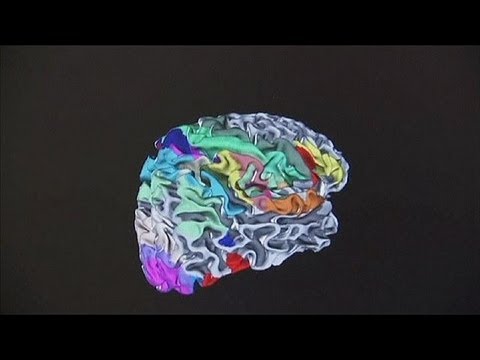| In Brief |
|
The MICrONS project represents a significant breakthrough in the field of neuroscience. From a tiny fragment of brain tissue, an international team of researchers has successfully created the most detailed wiring diagram of a mammalian brain ever produced. This unprecedented scientific achievement provides a high-resolution 3D map of a portion of a mouse’s visual cortex, redefining our understanding of brain structure and function. With 1.6 petabytes of data encompassing the electrical activity of over 200,000 cells and more than 500 million synaptic connections, this digital reconstruction, accessible via the MICrONS Explorer, promises to revolutionize neuroscience research.
From Slices to Synapses: Creating the Brain Map
This ambitious project required close collaboration among prestigious institutions such as Princeton University, the Allen Institute, and Baylor College of Medicine. Researchers began by observing neuronal activity in the visual cortex of a mouse exposed to video montages. The Allen Institute then imaged this brain tissue using electron microscopy, after slicing it into over 25,000 ultra-thin sections, each thinner than a human hair. AI specialists at Princeton used advanced machine learning algorithms to trace and reconstruct the neuronal and synaptic wiring of the model, compiling it into a three-dimensional representation.
Inside this tiny grain of sand lies an entire architecture reminiscent of an exquisite forest, describes Clay Reid, the lead researcher. This has allowed us to test old theories and potentially discover new concepts.
One of the most significant discoveries was a new understanding of the functioning of inhibitory neurons. Previously thought to solely reduce brain activity, these neurons have proven to be highly selective, operating in complex coordination to maintain an unexpected balance in neuronal coordination, thus challenging established theories on information processing in the brain.
Charting the Future of Neuroscience
Andreas Tolias, one of the lead scientists, explains that this project represents the future in many respects. MICrONS will serve as a reference point where we construct fundamental brain models covering various levels of analysis, from behavioral to molecular. Beyond the architecture of thought, this research could open new avenues for diagnosing and treating brain disorders such as Alzheimer’s, autism, and schizophrenia.
By providing a circuit diagram of healthy brain tissue, scientists can begin to compare these models with those of diseases, identifying where failures in communication occur. If you have a broken radio and you have the circuit diagram, you are in a better position to fix it, illustrates Nuno da Costa, a researcher at the Allen Institute.
This monumental effort is likened to a Google Map or blueprint of that grain of sand. In the future, we will be able to use this to compare the brain wiring of a healthy mouse with that of a disease model.
The Potential Implications for Medicine
The creation of this detailed brain map could have profound implications for the medical field. With the ability to analyze healthy brain circuitry in detail, researchers hope to develop more targeted treatments for neurodegenerative diseases. By comparing models of healthy and diseased brains, it will be possible to understand precisely how and where dysfunctions occur, thus paving the way for more effective therapeutic interventions.
Furthermore, this advancement could also enhance our understanding of cognitive and behavioral processes, providing insights for the development of new brain-based technologies and applications. The brain map could become an essential tool for future research, allowing the refinement and testing of new hypotheses about neurological function and synaptic interactions.
A Step Towards New Discoveries
The MICrONS project emphasizes the importance of interdisciplinary collaboration in tackling complex scientific challenges. By bringing together experts in neuroscience, artificial intelligence, and engineering, this project has demonstrated the potential of modern technology to push the boundaries of our understanding of the brain. As we begin to harness this new knowledge, what other discoveries might emerge from this convergence of disciplines? How might this advancement shape the future of scientific and medical research?








